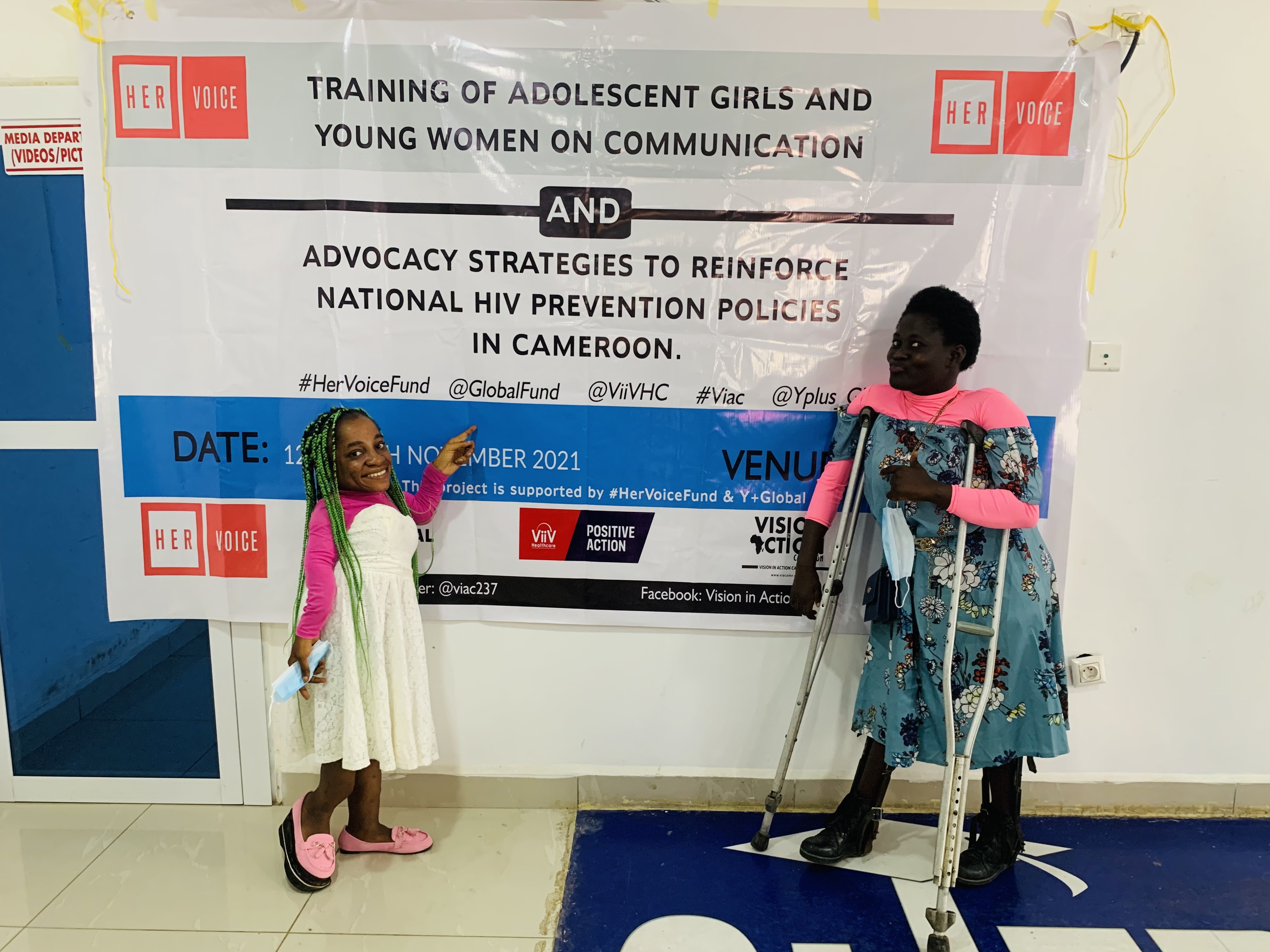- November 25, 2021
- Posted by: Viacame
- Categories: Advocacy, Communication

Growing up, I would get upset when my mum limits where I have to play. A part of me of always wanted to go out there and play with the other kids, catch some fun, get a little dirty and come back home. But she wouldn’t allow that. I would complain and cry endlessly but 90% of the time, my plea wasn’t heard. I felt like I was caged to the house, more like the main door was a fence dividing my world and that of the outside world. Then recently a colleague told us when she was younger, she would often express her dissatisfaction for being the one practically running errands for everyone at home simply because she was the smallest. To her elder siblings, her complaint was considered as a sign of stubbornness. Only then did I realize at every point in our lives, we have unknowingly advocated for something. We reacted and spoke about things we felt like needed to be changed. This level of advocacy was common at our most important agent of socialization which is our families. Growing into adults, many of us left home, only then did we realize do not know how to advocate for changes in our communities, thus a lot of work had to be done.

We are now in the outside world where we meet people from different backgrounds with different perspectives and beliefs and probably with more knowledge of certain things. No longer are we limited to our small families where we probably know everyone and can predict their response. In the outside world it takes a lot of strategy, confidence, will power and excellent communication skills to be able to effectively advocate for a course. These qualities help to make our voices louder in the outside world. Without these qualities, our voices become so low that whatever we utter is been blown in the air, like the breeze blowing off the leaves far away to unknown destination on a windy day. Fighting for a course will mean taking a bigger step and adding volume to your voice so you can be heard.

Empowering is power:
Now have you ever thought why women, particularly persons with disabilities find it more difficult to advocate? It is simple because the world is male dominant (in strategic/administrative positions) and their voices are blown away and more to that, they also lack the appropriate skills. Educating and empowering young women including those with disability, help them to stand up for their rights and advocate for change in major areas of their life. Vision in Action Cameroon (VIAC) delivered a two days training from November 12 and 13, 2021 on advocacy and communication skills for Adolescent girls and Young Women with disabilities. This training was made possible with the support of #HERVOICEFUND and Y + Global.
A total of 20 participants attended the training. It was aimed to familiarize participants (adolescent girls and young women with disabilities) with communication and advocacy skills/best practices in order to increase their capacity to develop communication and advocacy plans to advocate for issues, processes and inclusion at local, regional, national and international level on Sexual reproductive Health Rights including HIV services. It was also designed to give participants a better understanding of the elements, importance, and the fundamentals of advocacy strategy planning and development.

VIAC is committed for advocacy work to ensure that the system of power, privilege, and decision-making process will be taken into consideration when mobilizing efforts toward addressing Sexual reproductive health rights access including HIV services for the persons with disabilities. Understanding these issues for advocacy is critical in promoting human rights, social justice, and a healthier environment for adolescent girls and young women. VIAC to have a greater impact in achieving its mission, we need to advocate to address the systemic cause of the problems/issues we are working on, which include access to SRHR services. In this training therefore, advocacy was clearly defined, the forms, which it can happen, was discussed and the best ways to go about it were explored.
Building Capacity:
Including participatory sessions and group work during training no doubt helps make the participants’ interactive and ease the process of concept mastering. In this light, trainers delivered eight participatory classroom sessions as well as group work.
The key themes emphasized during the training were:
1) Understanding Advocacy
2) Advocacy Strategy
3) Developing Advocacy messages
4) Planning and Managing the Process
5) Writing the Story
6) Impact through Images

Moreover, participants were trained on various steps in communications planning. This included a customized discussion on how to engage members in greater networking and on how to communicate their project impacts through success stories and photos. Furthermore, they were guided through the process of understanding the meaning and the content of success stories based on:
-Roles and responsibilities within a team in developing success stories
-How do we identify success on our program?
-What information do we need?
-How do we share it internally?
-How do we package it for external audiences & partners?
By the end of the two days training, participants conveyed increased understanding of how communication needs to be customized to best reach the audience.

” All advocacy is, at its core, an exercise in empathy” Samantha Power
Photo Credits: Vision in Action Cameroon

Amazing post
Let’s all learn to express out our worries in the society advocate for what is right that’s a lovely post
Let’s all learn to express out our worries in the society advocate for what is right